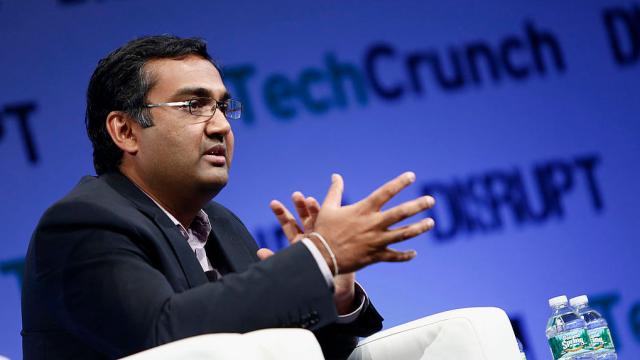In a New York Times interview published yesterday, Neal Mohan, YouTube’s chief product officer, sought to debunk “some myths” about the platform’s alleged tendency to radicalise users through its recommendations algorithm. It could have gone better.
Mohan did what many of C-suite techies do when confronted by an angry public, the press, and a wealth of anecdotal evidence that their business may be imposing some negative externalities on society at large: He sidestepped basic questions and redirected blame.
While they might not grasp the precise points Mohan is making, even readers who are part of sleep deprivation experiments or under the influence of strong narcotics should still be able to identify the tell-tale signs of weasel-y answers.
So, the question at hand is whether YouTube’s recommendations nudge users to watch content with increasingly extreme viewpoints, leading them down so-called extremist rabbit holes. Neal?
Yeah, so I’ve heard this before, and I think that there are some myths that go into that description that I think it would be useful for me to debunk.
The first is this notion that it’s somehow in our interests for the recommendations to shift people in this direction because it boosts watch time or what have you.
I don’t recall anyone asking about what’s in YouTube’s interest, so it doesn’t mean much to debunk a “myth” no one was especially invested in. Sorry to interrupt though. Neal, please continue:
I can say categorically that’s not the way that our recommendation systems are designed.
Which is not to say that’s not how the recommendation systems work in practice. Nevertheless:
Watch time is one signal that they use, but they use a number of other engagement and satisfaction signals from the user. It is not the case that “extreme” content drives a higher version of engagement or watch time than content of other types.
Strange. Facebook has previously indicated it saw dramatic increases in engagement for content it considered “borderline” — that is, not quite against platform rules, but near the upper bound of what’s acceptable. In other words, extreme — something YouTube vaguely announced an intention to crack down on in January. Moving on:
[W]hen we make recommendations after a video has been consumed, we don’t take into account any notion of whether that’s less or more extreme.
Hard to imagine a company turning the volume down on a flavour of videos they don’t track for recommendations. In some way shape or form, either Mohan or YouTube’s press team might just be fibbing!
Seeing as we’ve gotten off to such a good start, Neal decided to try out some alternate explanations. For instance, blaming users for radicalising themselves:
But you’ll also see videos that were less extreme, or that you could call more toward the quote-unquote mainstream. It’s equally — depending on a user’s behaviour — likely that you could have started on a more extreme video and actually moved in the other direction […] I’m not saying that a user couldn’t click on one of those videos that are quote-unquote more extreme, consume that and then get another set of recommendations and sort of keep moving in one path or the other. All I’m saying is that it’s not inevitable.
If the recommendations kiosk at my local library only had copies of Moby Dick and Mein Kampf, I suspect I’d see a rise in anti-semitism among my less cetacean-interested neighbours, and I’d be in the right to put at least some of that blame on the librarians. But really, who are you going to believe, Neal Mohan or your lying eyes?
[Extremity of views is] not a signal that feeds into the recommendations. That’s just the observation that you see in the panel.
What a relief.
There sure are a lot of issues that aren’t touched on in this brief Q&A. We’ve invited Mohan to have a chat with us about those nagging doubts that YouTube is, in fact, “putting its best foot forward”. Get at us, Neal!
